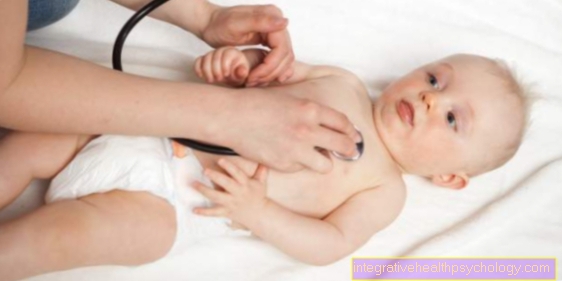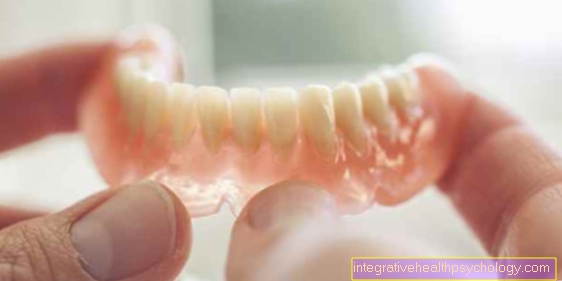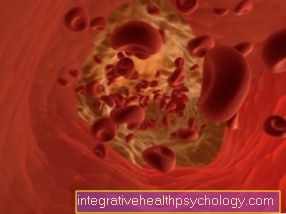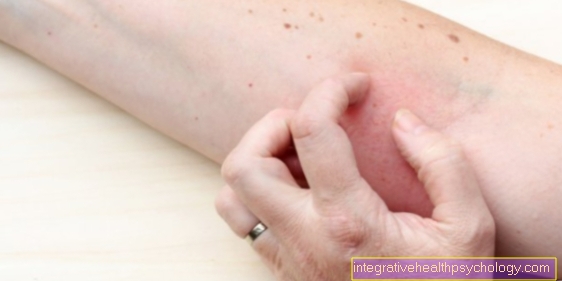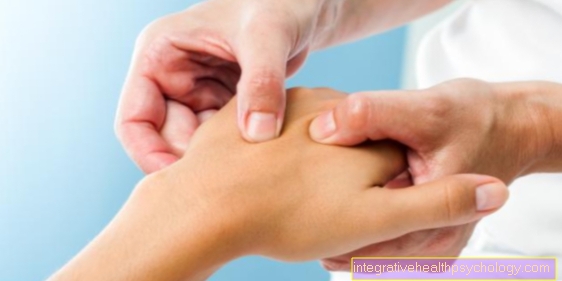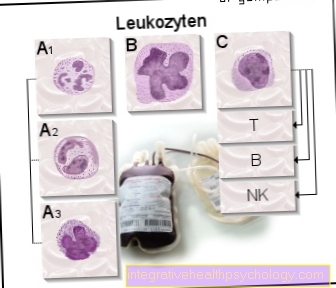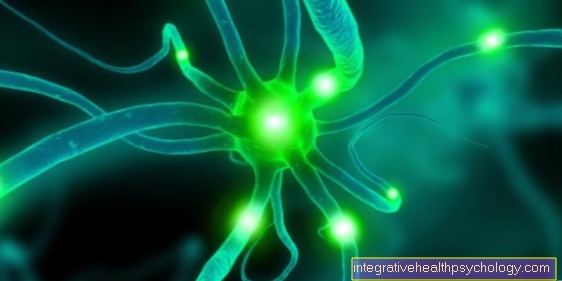Atopic Dermatitis And Psoriasis - What's the Difference?
introduction
Both neurodermatitis and psoriasis are chronic inflammatory skin diseases that are accompanied by reddening of the skin and flaking. However, there are important differences in the origin of the diseases and in their manifestation, which make different treatment necessary. A precise distinction between the two diseases is therefore very important, but not always easy.

What is eczema?
Neurodermatitis, also called atopic dermatitis, is the most common chronic inflammatory skin disease. It usually occurs in childhood and improves as the disease progresses, but it can persist into adulthood or only appear for the first time in old age. Neurodermatitis is often associated with other atopic diseases (e.g. bronchial asthma).
Neurodermatitis is characterized by severe itching and dry skin. In childhood, skin changes are mainly found in the face (cradle cap) and on the extensor side of the extremities.
In children and adults, itchy skin eczema occurs primarily in the bends of the joints of the extremities.Adults also often have eczema on their hands and feet with a significant change in the structure of the skin caused by chronic skin irritation (lichenification).
The cause of neurodermatitis has not yet been clarified. It is assumed that genetic and immunological factors interact. Genetic defects can lead to a disrupted skin barrier. This makes it easier for allergens to penetrate the skin. There is an inflammatory reaction and skin irritation. The following environmental and food allergens are common allergens that trigger neurodermatitis:
- House dust mites
- Animal epithelia
- Pollen
- Food (especially milk, egg, nuts, fish, soy and wheat)
- nickel
- Fragrances
In addition, so-called trigger factors play an important role in triggering an atopic dermatitis attack:
- Skin irritations (textiles (wool), sweating, heat build-up, excessive / aggressive skin cleaning, exposure to tobacco smoke)
- Extreme climate (cold, extreme dryness or humidity)
- Emotional stress (stress)
- Hormone fluctuations
- Infections
- Lifestyle (obesity, tobacco consumption, alcohol consumption)
Read more on the topic: Neurodermatitis
What is psoriasis?
Psoriasis, also called psoriasis vulgaris, is a benign, chronic, inflammatory, non-infectious skin disease. It is characterized by well-defined, reddish spots that are mostly covered by whitish scales. The skin changes are mainly found on the extensor sides of the extremities (elbows, knees, possibly hairy scalp) and can be accompanied by both itching and nail changes. As part of psoriasis, polyarthritis (inflammation of several joints) can also occur. Psoriasis has a hereditary component, which is why several family members are usually affected in a family. The symptoms of psoriasis are relapsing and are caused by certain trigger factors to which the immune system overreacts:
- Infections (e.g. streptococcal infection)
- Medicines (e.g. beta blockers, anti-inflammatory drugs)
- Psychological stress
- alcoholism
- increased nicotine consumption
- Discontinue cortisone therapy
Psoriasis is based on a benign increase in the epidermis. There is an increased keratinization and widening of the epidermis. In addition, there is inflammation in the epidermis and increased blood flow.
Psoriasis can be broadly divided into three forms. There are also other special forms.
- Psoriasis vulgaris (general)
- Pustular psoriasis (pustular)
- Nail psoriasis
Read more about this at: psoriasis
That's how I recognize the differences
Psoriasis and eczema have some important differences.
Both diseases have a hereditary component, but they play a significant role in psoriasis and usually lead to a familial accumulation of the disease.
Neurodermatitis usually first occurs between the 3rd and 6th month of life.
In psoriasis, the age of first manifestation is significantly higher (between the ages of 20 and 30).
There are also differences in the distribution pattern of the skin changes. Psoriasis occurs primarily on the extensor sides of the arms and legs and on the lower back of the back above the buttocks. In addition, the hairy scalp and fingernails are usually also affected.
Atopic dermatitis, the itchy, reddened areas of the skin are found, mostly on the crooks of the arms, the hollow of the knees and the head and neck area.
In contrast to neurodermatitis, psoriasis patients usually do not suffer from itching and dry skin.
In psoriasis, in contrast to neurodermatitis, there are clearly demarcated, red areas of skin that are covered by scales.
In atopic dermatitis, the skin changes are usually blurred, red and dry.
Neurodermatitis is an atopic disease. Atopic forms include: asthma, neurodermatitis and allergic rhinitis with conjunctivitis (rhinocunjunctivitis) including hay fever and house dust mite allergy. Neurodermatitis often occurs together with other atopic diseases.
Psoriasis has nothing to do with an allergy and therefore does not belong to the atopic group of forms. As part of psoriasis, inflammation of the joints often occurs (psoriatic arthritis).
In psoriasis, the skin inflammation is usually more pronounced. A distinction is made between certain phenomena that are important for the diagnosis of psoriasis and are not found in neurodermatitis:
- "Candle drop phenomenon" (scratching causes lamellar flaking to emerge)
- "Phenomenon of the last skin" (a thin, easily tearable skin can be seen at the base of the scale)
- "Phenomenon of bloody dew" (further scratching leads to punctiform bleeding)
Ultimately, the distinction between the two diseases is important for the respective therapy.
In psoriasis, the increased keratinization and inflammation of the skin are in the foreground. The main aim of the therapy is to dissolve the excess corneal cells and reduce cell proliferation and skin inflammation.
In atopic dermatitis, it is important to avoid trigger factors / allergens. In addition, the moisture loss through the upper layers of the skin should be reduced with the help of basic care.
Read more about atopic dermatitis on the following page: Atopic dermatitis
Can you get atopic dermatitis and psoriasis at the same time?
A simultaneous occurrence of psoriasis and neurodermatitis is possible but very rare. There is no direct connection between the two diseases. The inflammatory factors that play an important role in the development of psoriasis do not play a role in neurodermatitis. The same way the other way around.
Are there mixed forms?
The two diseases can occur at the same time, but there is no mixed form in this sense. If they occur at the same time, it can be difficult to differentiate between the two diseases. Diagnosis can be more difficult, especially with special forms of psoriasis.


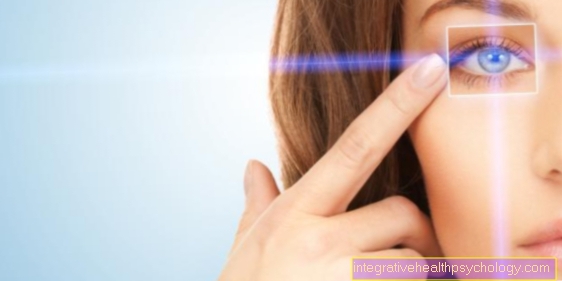




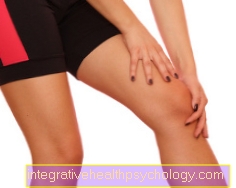
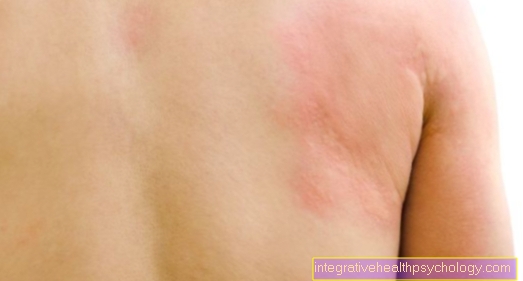

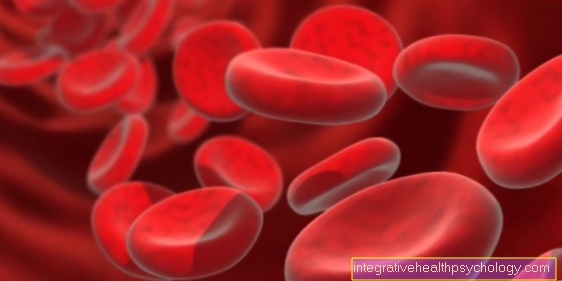
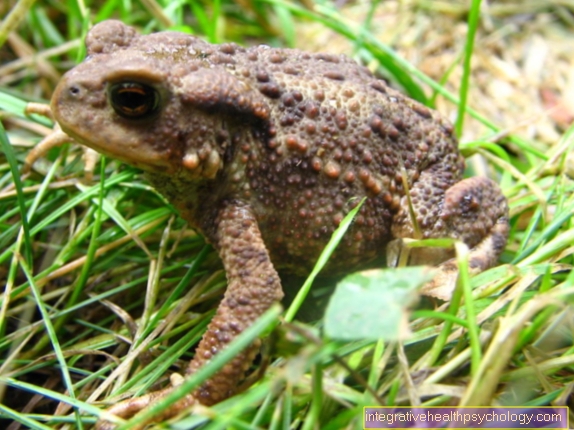

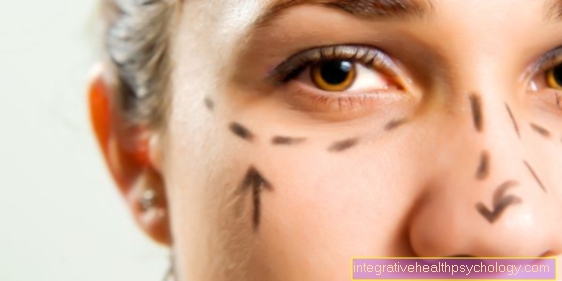



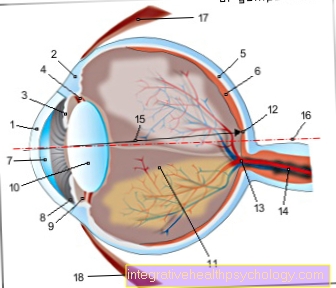


.jpg)
